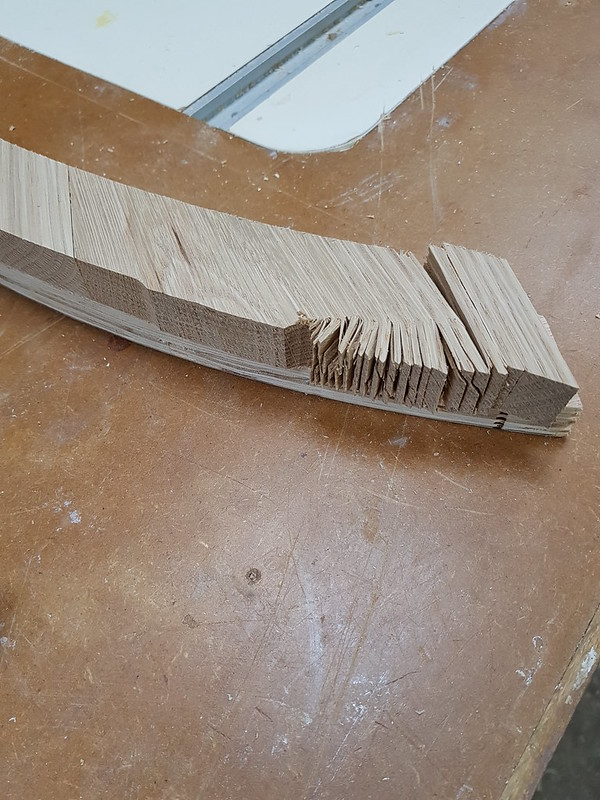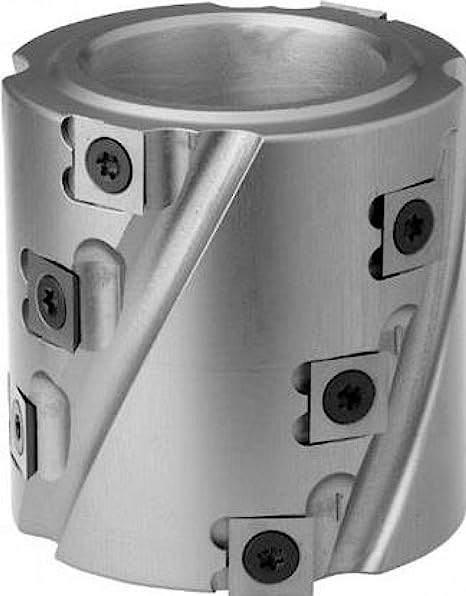RogerS
Established Member
In my current project thread here (Set of circular segmented steps) I posted up this photo of what happened when my router tried to bite me.

Consensus was that this was due to me trying to rout what is effectively end-grain. But then I got to thinking.
Running the ends of, say, window rails on a spindle moulder (ie end-grain), we don't get that horrible mess that I ended up with on the router table. True...you put a spelch block behind it to stop breakout..but in my example above, the rest of the wood is acting as that anyway.
So what gives ? Puzzled.

Consensus was that this was due to me trying to rout what is effectively end-grain. But then I got to thinking.
Running the ends of, say, window rails on a spindle moulder (ie end-grain), we don't get that horrible mess that I ended up with on the router table. True...you put a spelch block behind it to stop breakout..but in my example above, the rest of the wood is acting as that anyway.
So what gives ? Puzzled.



































